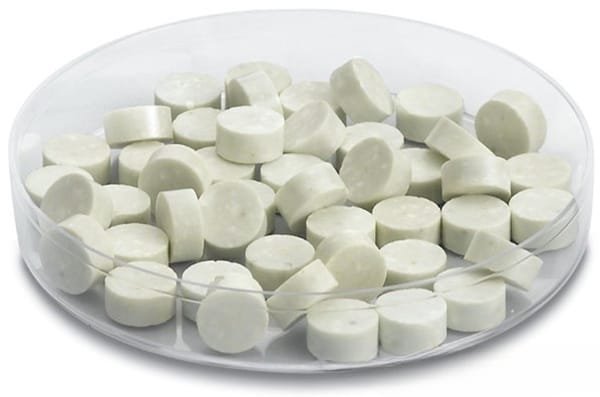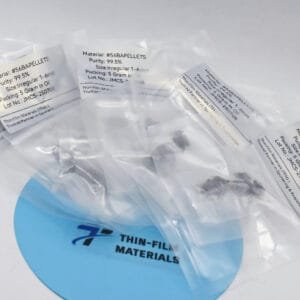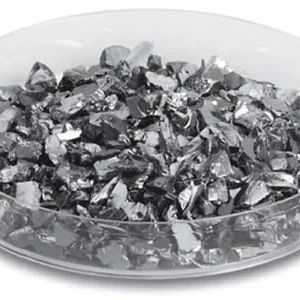Thin-Film Mat Engineering (TFM) offers high-purity lead lanthanum zirconium titanate (PLZT) evaporation materials. With the chemical formula PLZT, or Pb₁₋ₓLaₓ(ZrᵧTi₁₋ᵧ)₁₋₀.₂₅ₓO₃, these materials are essential for achieving high-quality films in various deposition processes. We produce PLZT with purity levels up to 99.9995%, ensuring top-tier performance through stringent quality assurance practices.
Related Products: Lead Evaporation Materials, Lanthanum Evaporation Materials, Zirconium Evaporation Materials
Applications
PLZT evaporation materials are used in:
- Deposition Processes: Suitable for semiconductor deposition, chemical vapor deposition (CVD), and physical vapor deposition (PVD).
- Optics: Ideal for wear protection, decorative coatings, and display technologies.
Packaging and Handling
Our PLZT evaporation materials are carefully tagged and labeled to facilitate efficient identification and quality control. We ensure that the materials are protected from damage during storage and transportation.
Contact Us
At Thin-Film Mat Engineering (TFM), we provide high-purity PLZT evaporation materials in various forms, including tablets, granules, rods, and wires. Customized shapes and quantities are available upon request. We also offer evaporation sources, boats, filaments, crucibles, heaters, and e-beam crucible liners. For current pricing and inquiries about additional materials, please contact us directly.


 MSDS File
MSDS File



Reviews
There are no reviews yet.